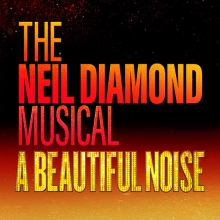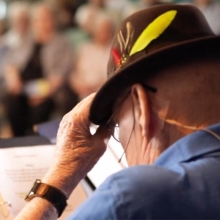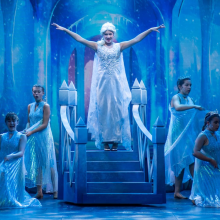Show History
History
Inspiration
Gilbert and Sullivan's The Mikado was first performed in London on March 14, 1885, at a time when England, and indeed much of Europe, was at the height of a vogue for all things Japanese. After the opening of Japan to foreign trade in 1854 by the American Commodore Matthew Perry, the Western world was swept up in a craze for Japanese art, fashion and technology. The Mikado was immediately successful and enjoyed popularity in several countries, including the U.S., for years after Gilbert's and Sullivan's deaths. Hot Mikado has a long heritage: it is a revamped version of a previous The Hot Mikado, from 1939, which was a jazzed-up copy of 1938's The Swing Mikado, which, in turn derived from a traditional production of the original Gilbert and Sullivan operetta.
In the midst of the Great Depression, a Chicago company sponsored by the Federal Theater Project was set to mount a traditional production of the opera, but, after the producer saw the cast swinging to the music during downtime at rehearsal, he insisted that the show be performed in this new modern style. The Swing Mikado turned out to be quite popular, transferring to New York in 1939. However, an imitation production, The Hot Mikado, soon put The Swing Mikado out of business – its lavish costumes, effects, scenery and starry cast were stiff competition. A Broadway run and an engagement at the 1939 New York World's Fair cemented The Hot Mikado a place in the social consciousness, combining the familiarity of Gilbert and Sullivan tunes with uniquely American dance styles.
The modern version of Hot Mikado is similar in theme to the 1939 version, but new in approach. Materials from the 1939 show were not available, so show creator Bell and collaborator Bowman adapted the music and lyrics themselves, remaining true to Sullivan's score while giving it a unique jazz twist.




